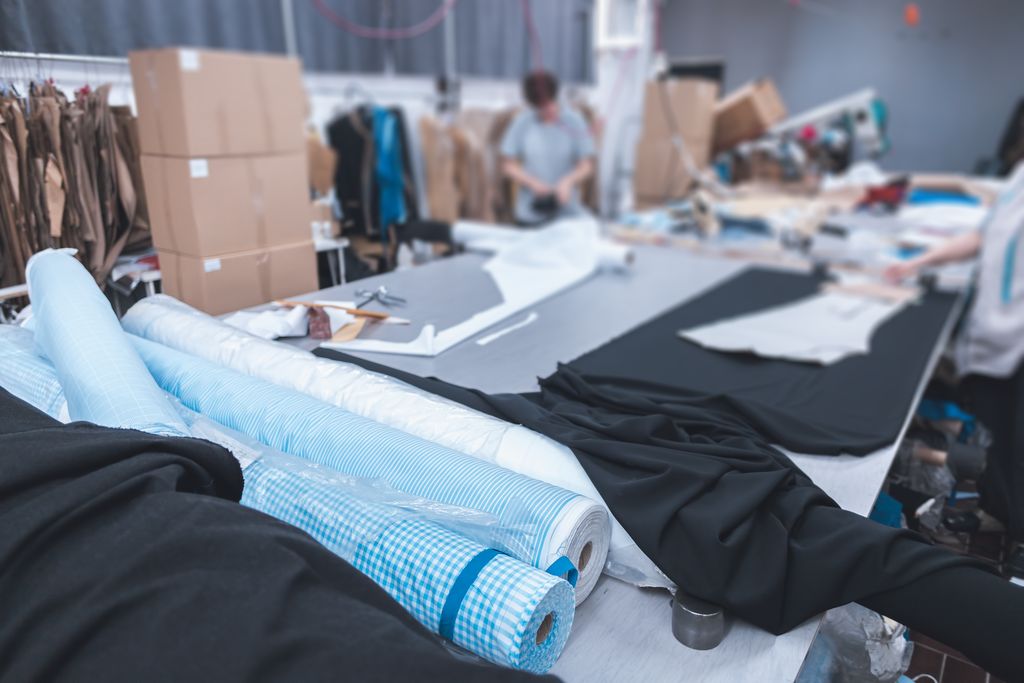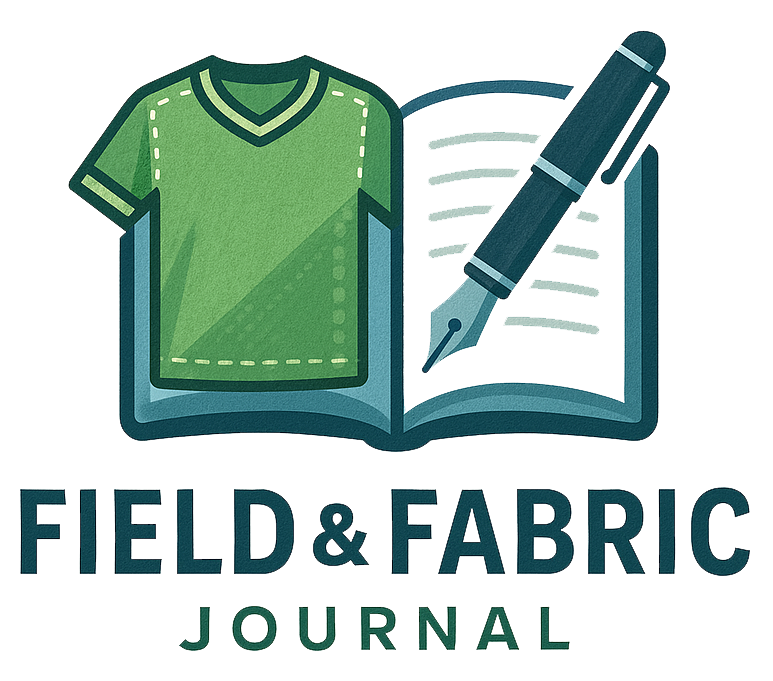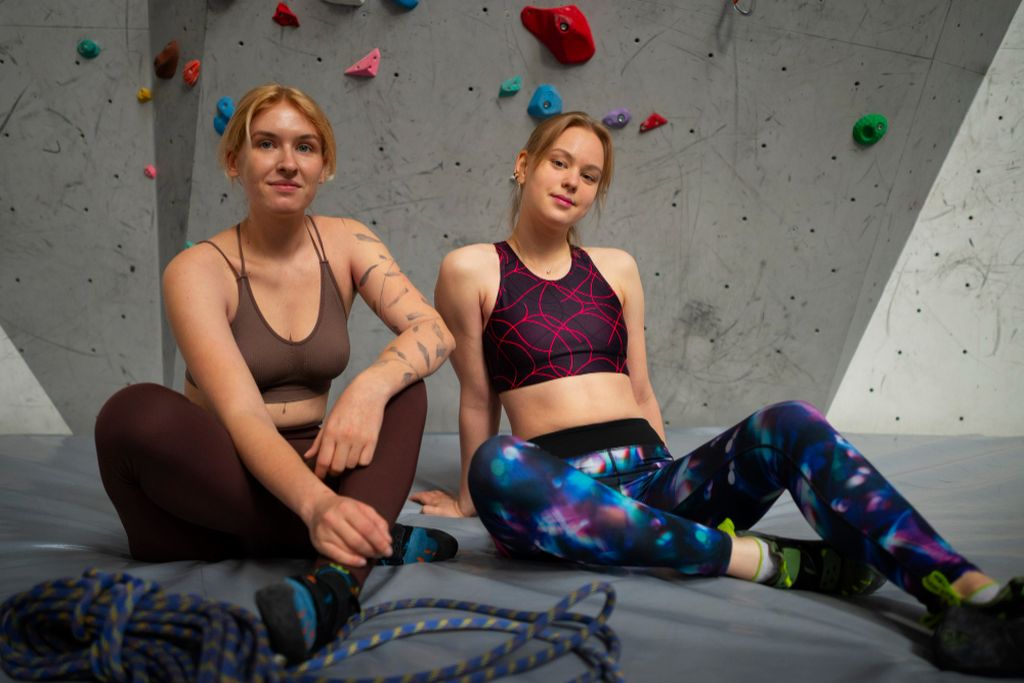Ordering athletic team apparel straight from a factory can save you money, ensure higher quality, and let you customize designs that truly fit your team’s spirit. According to research from gitnux.org, the global market for custom athletic apparel will reach $6.2 billion by 2025, showing just how strong the demand for personalized teamwear is.
Whether you oversee uniforms for a local school, manage a recreational sports club, or run a growing apparel brand, knowing what to look for in the factory ordering process can set you up for success. Below, you’ll find practical steps, budget tips, and sustainability considerations to keep your team looking sharp without breaking the bank.
1. Why Ordering Athletic Team Apparel Directly from a Factory Makes Sense
When you buy athletic team apparel through a retailer, you’re typically paying markups that fund extra layers of distribution and store overhead. By going straight to a factory, you reduce those added costs. You can often access more choices in fabrics, fits, or design elements at a lower price per piece compared to buying off the rack.
Additionally, wifitalents.com points out that sustainable sportswear is expected to account for 20% of the market by 2025, and many factories now focus on eco-friendly methods. Cutting out third-party retailers or middlemen can give you deeper insight into these manufacturing practices—allowing you to make better decisions about your team’s impact on the environment.
There’s also the advantage of control over production timelines. When dealing with your athletic team apparel factory directly, you often get faster turnarounds and more detailed updates. Some factories even use advanced technology like 3D Body Scanning Tools (such as CLO Virtual Fashion) to provide an accurate fit for each team member. This leads to less waste and a smaller chance of sizing errors.
2. Key Steps for Ordering Athletic Team Apparel Directly from a Factory
Getting started might feel daunting at first, but following a clear path can help simplify the process. Here’s a breakdown of essential steps to ensure your order for athletic team apparel goes smoothly:
- Determine Your Team’s Needs
• Figure out how many uniforms you need and how often you’ll order them.
• Gather your team’s sizes, logo requirements, color preferences, and any additional decorations, like names or numbers. - Research Factories and Compare
• Look into reputable factories with track records for quality, such as those producing for well-known brands like Nike or Adidas.
• Check if the factory uses eco-friendly practices or offers modern features, such as AI-driven layout designs with software like Adobe Illustrator.
• Confirm that the factories have experience in athletic team apparel. - Request Samples and Pricing
• Ask for physical or digital samples. Many factories can send basic prototype uniforms so you can test shape, feel, and overall performance.
• Compare quotes from at least three factories to find out how each handles minimum order quantities and potential discounts for bigger orders. - Finalize Design and Place Your Order
• Finalize your color palette, logo placement, fabric choice, and any personalization details.
• Use supply chain management platforms like SAP Supply Chain Management to track your order’s timeline, from fabric sourcing to final quality checks.
• Communicate clearly with the factory about delivery dates and shipping methods.
Following these steps will help you avoid unexpected delays and hidden costs. Remember to keep your team updated so that everyone knows how their uniforms are taking shape and when they can expect them.
3. Understanding Costs and Budgeting for Athletic Team Apparel
The cost of athletic team apparel can vary widely based on materials, techniques used for printing, and overall quantity. According to gitnux.org, about 45% of sportswear sales happen online, indicating that internet-savvy shoppers often know how to compare costs and find deals. By going factory-direct, you stand a greater chance of negotiating volume discounts, especially if your team often reorders through the same supplier.
Many factories also let you pick from different fabric options, affecting cost. For instance, moisture-wicking and breathable materials generally cost more, but they also enhance performance, last longer, and look more professional.
If you want to keep prices low, some teams choose simpler designs or fewer add-ons like embroidered logos in favor of screen prints or digital printing—both highly effective for cost control.
Budgeting can be simpler if you know the direct-to-consumer (DTC) model. This approach bypasses extra markups by focusing on a direct relationship between the brand (you) and the manufacturer. When you adopt DTC strategies, you can cut overhead, pass savings along to your players or fans, and still maintain excellent quality.
Organizations like Under Armour have found success with DTC, guiding teams and individuals to confidently select custom uniforms furnished with the latest performance technology. Similarly, Custom Ink has become a widespread go-to resource for online design and group ordering.

4. Best Practices to Ensure High-Quality Athletic Team Apparel
Once you’ve decided to order athletic team apparel directly from a factory, careful oversight guarantees that each piece meets or exceeds performance requirements. Here are some best practices:
a) Choose the Right Fabrics
Smart fabrics with built-in sensors or specially tailored moisture-wicking qualities are growing in popularity. Higher-performance materials can support better temperature regulation and comfort, especially when it’s game day. Reebok and PUMA are two major brand examples placing big emphasis on advanced fabric technology, like PUMA’s FUTURE Lab that uses body scans to achieve more precise fits.
b) Collaborate on Design Thoroughly
Customization is rising in popularity, with around 15% of total sportswear sales accounted for by personalized items in 2023, per wifitalents.com. Use AI-powered design tools, or partner with a professional graphic designer, to ensure your logos and color schemes are set up for the factory’s production process. If your team has an important local sponsor, consider how to integrate their branding too.
c) Inspect Prototypes Before Mass Production
Always ask for prototypes, whether they’re digital mock-ups or physical samples. Compare them to your original design files and ensure the fit is spot-on. Many factories will make minor tweaks for free if you catch an issue early. This stage is also a good time to confirm that the factory is adhering to any sustainable manufacturing practices you desire.
d) Conduct a Final Quality Check
When your items are complete, take the time to verify accuracy. If possible, have multiple team members try on sample uniforms to test fit consistency across different body types. Look for correct stitching, consistent colors, properly placed logos, and no loose threads. This extra diligence can save you time, money, and frustration once the full order arrives.
5. Sustainability and Innovation in Athletic Team Apparel
With the global sportswear market forecast to reach $370 billion by 2028 (as reported by gitnux.org), more teams are paying attention to how factories source fabric and reduce waste. As consumer interest in eco-friendly clothing grows, factories are upgrading their processes to meet greener standards. There are a few ways to make sure your athletic team apparel reflects this movement:
- Choose Recycled or Sustainable Materials
Seek factories that offer recycled polyester, organic cotton, or bamboo fabrics. Textile Exchange is a good resource to see who is certified in using sustainable and traceable textiles. - Consider the Athleisure Trend
Athleisure blends casual and performance wear, meaning your uniforms might see more use in everyday life. Factories may use robust, long-lasting materials that cut down the need for frequent replacements. This helps the environment and your budget. - Look for Smart and Connected Apparel
Wearable tech in uniforms can track player performance. Although it might be more common with pro teams, some recreational clubs appreciate the extra analytical data. ASICS, for example, has integrated sensor technology into specialized gear, a growing area of interest in team sports worldwide.
Sustainability emphasizes not just the product but also the people behind it. A conscientious factory pays fair wages, avoids child labor, and maintains a safe working environment—factors that many schools and athletic directors consider mandatory today.
6. Helpful Resources to Manage Your Next Order
Alongside direct communication with the factory, using the right tools can keep you organized. Here are five software, tools, or platforms that may streamline and enhance your ordering experience:
- 3D Body Scanning Technology – CLO Virtual Fashion for precise fit measurement
- AI-Powered Design Tools – Adobe Illustrator with AI features for personalization
- Supply Chain Management Software – SAP Supply Chain Management to track production and shipping
- Sustainable Fabric Sourcing Platforms – Textile Exchange for eco-friendly material information
- Online Customization Platforms – Custom Ink for team-oriented design and ordering
Each of these resources can simplify the “factory-to-customer” process. They reduce the guesswork, keeping you connected to your supplier and providing accurate insights into the timeline, cost, and final product.
Conclusion
In today’s world, athletic team apparel is more than just something to wear on game day. It’s a statement about your identity, goals, and broader values such as sustainability or community leadership. With the global sportswear market set to climb and brands like Nike, Adidas, and Lululemon Athletica raising the bar for quality, going directly to the source—an experienced factory—can help you stand out.
From comparing quotes and selecting the right fabric to ensuring sustainable production practices, ordering athletic team apparel directly from a factory offers more control and cost savings. By using practical tools for design and supply chain management, teams can customize uniforms that look great, last longer, and carry a minimal environmental footprint.
Whether you’re outfitting a recreational team or seeking to build your own brand, factory-direct ordering should be on your radar. Embrace the advantages of direct communication, keep an eye on emerging technology, and watch as your athletic team apparel sets the stage for performance, unity, and style in every game.

